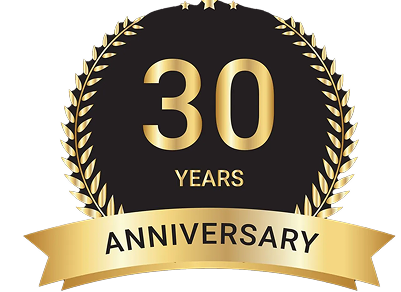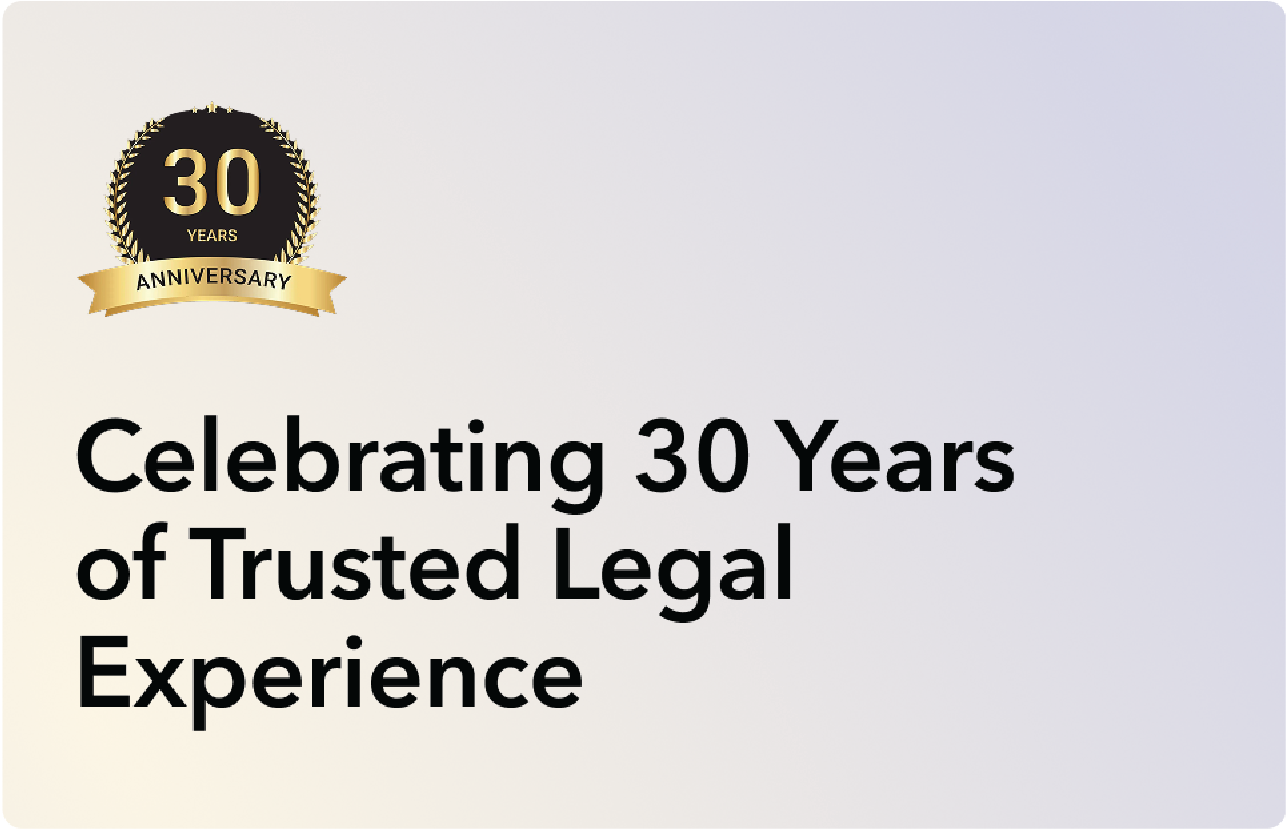Once in a while, when you are behind the wheel in your car, you may see a red light come on and illuminate words like “Check Engine” or “Oil Pressure’;. How do you react to these warning signs? Do you choose to pull to the side of the road and follow the check signals accordingly? Or, will you continue to drive on, without batting an eye lid?
Warning lights are there in a car for a safety purpose. These warning lights keep you informed if something goes wrong with your car. In some cases, ignoring a warning light can quickly result in catastrophic damage to your car’s engine and worse to its occupants. It is very important that you know what each warning means and what you should do if it is lit, while driving.
Here are three very important warning lights you may encounter on your car, sooner or later, if they have not done before:
Charging System Light
The charging system light usually appears as a battery symbol, ALT or GEN. It glows when the power by the alternator stops the supply to vehicle’s electrical system. A failure of charging system may not result in serious mechanical damage. This warning light gives you an ample chance to react. You can start with cutting down all unnecessary electrical loads, like the radio, heater, air conditioning, etc. Then drive the vehicle to a repair facility for further inspection. You will have a minimum of fifteen minutes of daylight driving time, the non-headlight use before the battery voltage drops for the ignition system and the engine to quit.
Engine Temperature Light
The engine temperature warning light appears as a thermometer or as TEMP. It comes on when the engine temperature exceeds the safe maximum level temperature. High engine temperatures can cause major engine damage and failure. This warning gives you time to deal with the situation unlike the oil pressure warning. Check if there are any signs of a cooling system leak, like the steam or liquid coolant coming from under the hood. Check if there is trailing off behind your vehicle. Pull your vehicle off the road at the earliest and safest opportunity. Switch the engine off and call for assistance. Do not get in contact with boiling coolant to prevent getting scorched. Take extra caution while opening the hood in the presence of steam. Never attempt to remove the radiator cap when the engine is still hot.
If there is a visible absence of these signs, it is possible that the overheating is the result of a temporary overload of the cooling system. A temporary overload of the cooling system can sometimes occur in hot weather when the vehicle is heavily loaded or is carrying a trailer with it. In order to lower the engine temperature, first decrease the speed of vehicle. You can turn off the air conditioning. You should also roll the windows down. Since the heater is actually a second radiator that can provide additional cooling for the engine, set the heater to the full hot position and operate the heater fan on its highest setting. Move to the nearest service station for a technician can help you correct the situation.
Oil Pressure Light
The oil pressure light generally appears as a symbol of an oil can or is just shown as “OIL”. This oil pressure light illuminates when there is a major drop in engine oil pressure. This is a serious warning. Oil lubricates the vital components of your car’s engine. In the absence of a proper lubrication, your car’s engine can quickly grind itself to a junk. If you notice the oil pressure light flashing, pull your car off the road immediately. Switch off the engine and call for help. Do not attempt to drive the vehicle any farther than is needed. If you attempt to drive the vehicle any farther than is needed, it will only increase the possibilities of the engine damage. Besides, attempting to drive the vehicle any farther than is needed in such situation will further aggravate the problem. Where you could have done with a minor repair, you will have it blown into a full fledged problem that might need a complete engine replacement.


